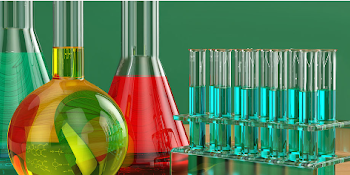Defoaming mechanism of silicone defoamer
Foam often accompanies people’s life and production. Sometimes, bubbles and foam are needed, such as flotation, fire extinguishing, dust removal, washing, making foam ceramics and plastics, etc.; but some occasions need to eliminate bubbles and foam, such as fermentation, coating, papermaking, printing and dyeing, eliminating flatulence in organs, boiler water, wastewater treatment and prism (or glass) manufacturing, etc. When drinking beer, the carbon dioxide in the beer is transformed into gas due to vibration, which causes a lot of foam in the beer. This is because adding a drop of oil to the beer bottle can defoam, which actually uses the principle of defoaming agent.
Any factor that can destroy the stability of foam can be used for defoaming. Defoaming covers two factors: “foam suppression” and “foam breaking”. Silicone defoaming agent has such a function. It can reduce the surface tension of water, solution, suspension, etc., prevent the formation of foam, or reduce the original foam, and usually has a selective effect. Generally, physical defoaming method is difficult to defoam instantly, while chemical and interface defoaming are very fast, convenient and efficient. In summary, defoaming agent refers to a drug with chemical and interface chemical defoaming effect. As defoamers, there are low-carbon alcohols, mineral oils, organic polar compounds and silicone resins. They are in the form of oil type, solution type, emulsion type and foam type. As defoamers, they all have the characteristics of strong defoaming power, chemical stability, physiological inertness, heat resistance, oxygen resistance, corrosion resistance, gas dissolution, breathability, easy diffusion, easy penetration, difficult to dissolve in the defoaming system and no physical and chemical effects, small amount of defoamers, and high efficiency.
Defoamers are of various types and widely used. The process of “foam suppression” and “foam breaking” of defoamers is: when the defoamer is added to the system, its molecules are randomly distributed on the surface of the liquid, inhibiting the formation of an elastic film, that is, terminating the generation of foam. When the system produces a large amount of foam, the defoamer is added, and its molecules are immediately spread on the surface of the foam, spreading rapidly to form a very thin double membrane layer, which further diffuses, penetrates, and invades in layers, thereby replacing the original foam membrane thin wall. Due to its low surface tension, it flows to the liquid with high surface tension that produces foam. In this way, the defoamer molecules with low surface tension continue to diffuse and penetrate between the gas-liquid interface, making its membrane wall thinner rapidly. At the same time, the foam is strongly pulled by the surrounding membrane layer with high surface tension, which causes the stress around the foam to be unbalanced, thus causing it to “break”. The defoamer molecules that are insoluble in the system re-enter the surface of another foam membrane, and this is repeated until all the foams are destroyed.







